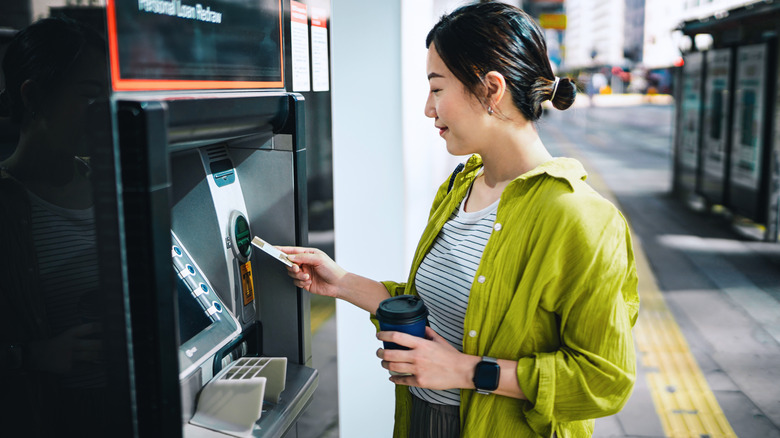The Hidden Costs Behind Commission-Free Currency Exchanges
It can be mind-boggling to keep track of the ever-changing currency exchange rates as you cross borders, especially as the falling U.S. dollar wreaks havoc on your vacation budget. Even with helpful hacks like the iPhone's built-in currency exchange calculator, it can be tough to stay on top of fluctuations in the currency market. So you may be tempted to throw your hands up and head straight to the first currency exchange kiosk when you land in a new country, especially if it advertises "commission-free" service. But, of course, there's a catch.
Money changers have to make money somewhere. Many currency exchanges charge a transaction fee, typically between 1% and 3% While a "commission-free" exchange may not bill you a separate fee, it can bundle the cost into a less favorable exchange rate, possibly adding hidden fees in the process. This practice is common in heavily touristed places, such as airports or markets, where you may have no choice but to change money. Always check the rates and do some quick calculating. As a good rule of thumb, the difference between the buy rate (what the exchange pays you for your dollars) and the sell rate (what the exchange charges to give you local currency) should be no more than 10%. Even then, currency exchanges won't always give the best bang for your buck. So, what's a currency-conscious traveler to do?
How to get the best currency exchange rate
The good news is that credit and debit cards — not to mention e-payment services — are becoming ubiquitous around the globe. In some countries, like China, cashless payments are the norm, with more than 80% of payments made via mobile phone apps. This works for travelers because it gives you control over which currency to pay in. The key here is to choose to pay in the local currency.
When you pay in the local currency, your bank or card provider processes the conversion using its own exchange rate, usually adding a small markup of about 1% to 3%. If you instead agree to pay in your home currency, say, the U.S. dollar, then it's up to the merchant to decide the exchange rate — and it's likely to be much less favorable.
Still, as travel pro Rick Steves points out, it's a good idea to have a little cash on hand. For tips and cash-only establishments, for example, cash is best. For that, the best exchange rate will almost always come from a bank — preferably your own. If your bank isn't available at your destination, look for an ATM affiliated with a bank. Don't use independent ATMs, notes Steves, to avoid extra fees or, worse, hackers using card skimmers. When you use the local bank ATM, just like with card payments, make sure to opt for the amount in the local currency and reject any offer to convert into your home currency. That will help guarantee the best rate on your travels.

